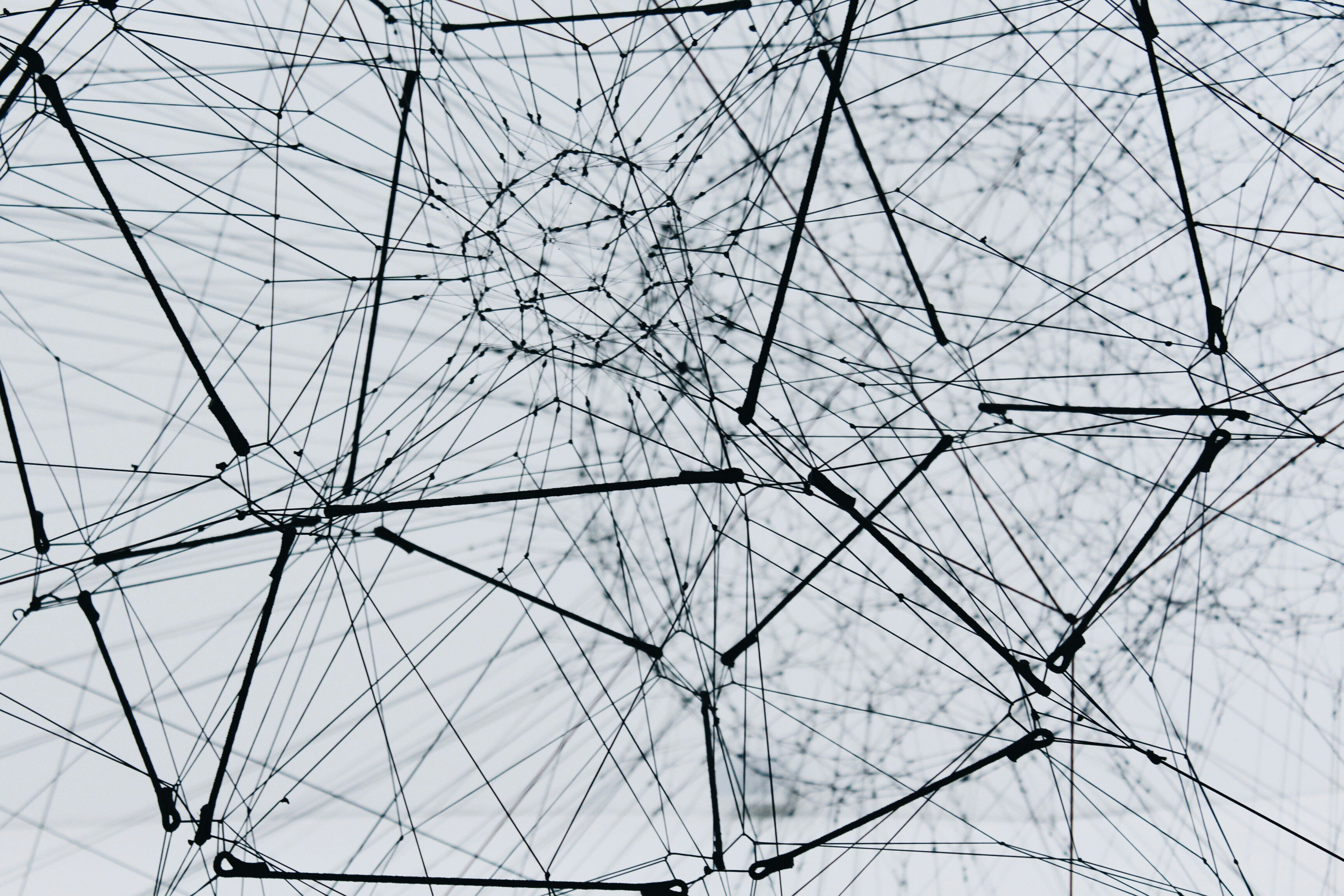
Blog
Notes from the Road: Wi-Fi HaLow from ABI Research at Wi-Fi Now April 2025
At the recent Wi-Fi NOW Global Summit, 7SIGNAL had the opportunity to attend an insightful keynote by Andrew Zignani, Senior Research Director at ABI Research, on the future of Wi-Fi HaLow and its pivotal role in next-generation IoT networks. His presentation made one thing clear: Wi-Fi HaLow is no longer an emerging technology — it’s ready for mainstream adoption and could transform how we connect IoT devices across industries. We’d like to share his research with you in the event you’re considering it or maybe you’re unfamiliar with the technology.
What is Wi-Fi HaLow?
Wi-Fi HaLow (based on the IEEE 802.11ah standard) operates in the sub-1 GHz band, delivering a potent mix of long-range connectivity, low power consumption, and high scalability — all while integrating seamlessly into the existing Wi-Fi ecosystem. Unlike traditional Wi-Fi, HaLow penetrates walls and other obstacles more effectively, making it ideal for challenging environments where signal reliability is critical.
Key benefits include:
- Extended range and robust signal penetration
- Reduced power consumption, ideal for battery-operated devices
- IP-native, standards-based connectivity
- Lower total cost of ownership (TCO)
- Seamless integration into IoT platforms and enterprise infrastructures
Real-World Applications Gaining Traction
Zignani highlighted several promising use cases already seeing success:
- Smart homes and buildings: HaLow powers automation, access control, and security across multiple floors with fewer APs
- Industrial IoT: Its reliability and extended range make it perfect for automation and monitoring in harsh environments
- Retail, logistics, and warehousing: The technology supports dense IoT deployments with reliable throughput
- Connected agriculture and rural deployments: Long-range and power-efficient communications without cellular costs
One standout finding from Wireless Broadband Alliance (WBA) field trials was that just four Wi-Fi HaLow access points could cover an entire smart building — a testament to its efficiency and potential for reducing infrastructure costs.
The Ecosystem Is Accelerating
From chipsets and modules to full device integration, the Wi-Fi HaLow ecosystem is gaining rapid momentum. According to ABI Research, Wi-Fi HaLow is forecasted to achieve a 56% CAGR from 2024 to 2029, making it one of the fastest-growing IoT connectivity technologies.
A new generation of products, like Morse Micro’s HaLowLink 1, combine traditional Wi-Fi (2.4 GHz) with HaLow to extend connectivity to non-HaLow devices, offering a smooth transition path for enterprises.
What’s Next?
While momentum is strong, there’s still work to be done:
- Continued technical innovation to push the limits of range, efficiency, and integration
- Simplifying development with plug-and-play modules and reference designs
- Building broader OEM and integrator support
- Ensuring spectrum availability and regulatory alignment
- Raising awareness and confidence in HaLow’s unique capabilities
As Zignani emphasized, the IoT market still faces many unresolved challenges — HaLow doesn’t just compete, it complements existing wireless technologies while opening up entirely new deployment possibilities.
About 7SIGNAL
7SIGNAL® is the industry leader in digital experience monitoring, providing complete visibility from the network core to the client edge. With its patented platform and AI, 7SIGNAL empowers IT and network operations teams to proactively detect, diagnose, and resolve performance issues—no matter where users connect. Learn more at www.7signal.com.